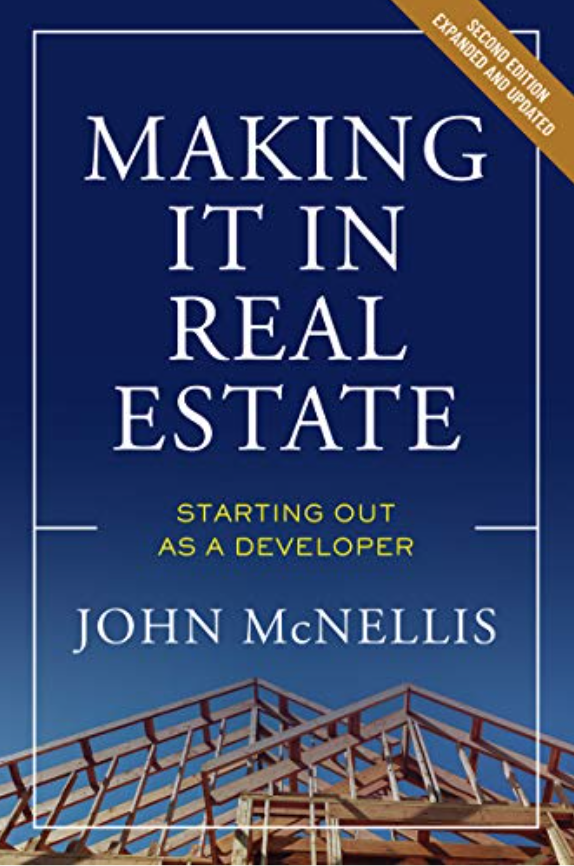Real Estate in the Plague Year
Last week, Mark Zuckerberg said he believes that half of Facebook’s employees will be working from home over the next 10 years. To that point, Facebook released the results of an internal employee poll: 50 percent plus want to get back to the office, while 40 percent would like to work from home permanently, 75 percent of those at some great distance from headquarters. Put another way, about a third of Facebookers want to commute downstairs to their basement in Ely, Minnesota. A wily man, Zuckerberg both recognizes the tidal surge in favor of working at home (and its apparent productivity) and how to profit from it: If an employee wishes to work from Ely, his salary will be reduced to reflect Ely’s cost of living.
Should office building landlords be overly concerned about the herd’s out-migration? Maybe not. First, if this pandemic has proven anything, it’s that solitary confinement sucks; the work-at-home craze will likely abate. Second, many positions within companies require daily office presence, many departments only function collaboratively; they need to work side by side. More importantly—and easier to quantify—is the crosscurrent that’s offsetting the outgoing tide.
Every thinking company in America is drawing up war plans to double the office square footage allocated to its employees. They know they must not only make their employees safe but also feel safe. Plans include more private offices, less density in open areas and making hallways, exits and other pinch points unidirectional. The long dining table approach with headphoned workers cheek by jowl is now a relic. Bottom line, if half the employees stay home, but the footage is doubled for everyone else, you’ve achieved an equilibrium. Your tenants’ space needs stay roughly constant.
It’s a hard time to be an urbanist
Rather than considering if office demand will go away, the issue will likely be where that demand will center. My last essay—Death of the Elevator—described the elevator as ground zero for COVID-19, and the biggest loser among the coronavirus-stricken vanquished. Why? Simply because of its fear factor: The elevator is the smallest contained space one must share with strangers. This may be unfair; elevators may not be COVID-19’s killing ground. In fact, the very low death rates in elevator-packed Hong Kong and Singapore suggest that universal masks are effective in elevators. But fear trumps facts*; voodoo works if you believe in it. Following the contained-space logic, the plague’s second-biggest loser may be—sadly—mass transit. Riding BART or Manhattan’s F train has long challenged not only one’s lumbar region but also dignity. Now, the vision of sharing a car with 60 scratchy-throated strangers is a horror movie’s opening scene. Those fearing public transportation will point to the fact that Los Angeles has had 1/8th the death rate of mass transit’s mecca, New York City.
If, as many hope and believe, this fear of tightly enclosed spaces vanishes within the next year or so, central business districts will breathe easier. If, on the other hand, even a minority of employees are unwilling to transit en masse or develop a lasting elevator phobia, or if their employers fear another costly shutdown when the next once-in-a-lifetime pandemic arrives five years from now, city centers will suffer. Downtowns won’t hollow out, but ask yourself what happens to rents when your potential tenant pool shrinks by 15 to 20 percent.
It will.
I asked top executives from three tech companies—one with a hundred employees, another with a thousand and the third with many thousands—where they would put their next offices. Would they take a floor in a downtown high-rise or opt for a suburban walk-up? All three insisted upon the latter. Rather than in multi-tenant buildings where their neighbors’ health and safety protocols may be lax, they want to be in their own buildings, controlling everything for their employees.
“It’s a tough time to be an urbanist,” said one senior manager. “For us, finding a location and a building where our employees feel psychological safety is paramount. That probably means avoiding high-rises, at least for the next several years.”
A second opined, “The draw for us is to have the whole building, somewhere we have control over in terms of security and being able to truly call it our home… Walk-ups also have their added value in terms of environmental sustainability, health and wellness.”
The third added, “The question is: Where are our employees going to feel the most productive? If they’re feeling angst over public transit or elevators, they’re not going to be happy. We’re going to lose them. Also, you have to think about recruiting new employees. Will they come to work for us on the 30th floor of a multi-tenant high-rise?”
These three guys could be the only ones in America unwilling to go long on a downtown high-rise, but I doubt it. There could be quite a run on the suburbs.
*No matter how sanguine they were about the real estate market, everyone I interviewed for this essay said he was personally staying away from elevators.



